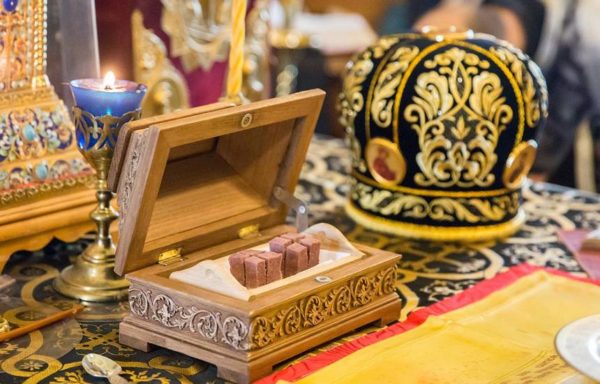
What are liturgical accessories
It is sometimes frustrating that there are so few descriptions and clarifications in the Gospel that could help recreate the historical setting of Christ’s time with people on earth. The idle reader wanted all the acts mentioned in Scripture to exactly coincide with chronological documentation and archaeological finds. But the Bible remains a completely “closed” book for such people. And therefore it is easier, with a wave of his hand at his inability to figure out, to declare this Book insolvent.
The Last Supper Bowl: Sacred or Mythic?
Since knightly times, it has become popular to bring relics to Europe in huge numbers. Unfortunately, they began not only to be brought in, but also to be falsified. And this later began to put the Church in a difficult position: popular piety demanded respect for the presented shrine, and the bishop avoided officially recognizing the relics as authentic. And in most cases, the bishops were right. It was at that time that a collision arose: several bowls appeared, which were called the “Last Supper Bowl”.
You can consider many legends about the Grail. But the question of the chalice of the Last Supper arose due to the fact that the chalice began to be reconstructed and used as a liturgical chalice.
When and why did the tradition of communing with a spoon arose?
The tradition of communion with a liar, apparently, was not associated with the emergence of some new ideas about personal hygiene. On the contrary: this is how the development of a more respectful attitude towards the Eucharist manifested itself and created convenience with a large influx of people who wanted to take Communion. After all, now there was no longer any need to approach the Communion twice, but all once fully served.

To everything else, unlike the Latin tradition, which focused on the suffering and death of Christ, and therefore during Communion unleavened Bread was served, i.e. the bread of sorrow, a symbol of the dead Body, the Eastern Church has formed its attitude to the substances of the Liturgy through theology. For the Churches of the East, the Liturgy became a manifestation of the Easter of the Resurrection, and the Liturgical Bread was “living” – fermented, bread of joy. It is logical that with such theology, the Body should, for the faithful, visibly unite with the Blood in a sign of the restoration of life – the Resurrection. Therefore, the Body began to sink into the Cup and served from there with a spoon.
About the refraction and cutting of Bread, or Why did the knife arise?
A knife for cutting and separating Bread began to be used for a long time. In Constantinople it has been used since the beginning of the VIII century. Until that time, bread was only broken. Therefore, when baked from above, it was deeply incised crosswise, so that later it would be convenient to break it into four primary parts.
What did spoon, star and spear symbolize in different centuries?

With the spread of the Antiochian tradition of the Liturgy, which Hierarchs Gregory the Theologian and John Chrysostom brought to Constantinople, many liturgical objects began to acquire symbolic fulfillment, and they began to look at the actions in the Eucharistic service as sacred mysteries.
Soon, Chalice began to be perceived as a symbol of the Virgin, who gave blood from herself to the Savior. The discos were initially represented by the throne of the Eternal, and then by the Bethlehem manger in which the Divine Infant was placed. Accordingly, the star, which protected the lamb from the touch of the covering over the discos, began to mean a star, indicating for the Magi the place of Christ’s appearance.
All this can be purchased at https://www.holyart.com/.